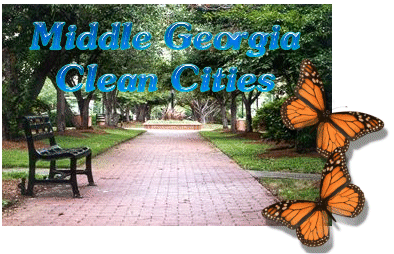|
What is Ozone? |
|
Ozone (O3) is a highly reactive form of oxygen. At normal concentrations
it is colorless and odorless. At high concentrations (often associated
with thunderstorms or arching electric motors) it is an unstable bluish
gas with a pungent odor. Ozone is a major component of photochemical
smog. Yet, the visibility reduction and odor resulting from smog are
produced by other pollutants such as particulates and nitrogen oxides.
Ground level ozone in high concentrations is considered an air
pollutant, while stratospheric ozone in the upper atmosphere (12 - 30
miles above the ground) is critical for absorbing cancer-causing
ultraviolet radiation. |
|
Where does ozone come from? |
|
Ozone is a secondary pollutant formed when nitrogen oxides and
hydrocarbons react in the presence of sunlight. Hyrdocarbons come from
automobile exhaust (and also some vegetation) and nitrogen oxides come
from burning fuel. |
|
How does ozone affect human health? |
|
The reactivity of ozone causes health problems because it damages lung
tissue, reduces lung function, and increases the sensitivity of the
lungs to other irritants. Symptoms of decreased lung function include
chest pain, coughing, sneezing and pulmonary congestion. Ozone can also
act as an irritant to the mucous membranes of the eyes and throat and
can reduce immune system capacity. In high concentrations, ozone causes
damage to plants and deteriorates materials such as rubber and nylon. |
|
Who is most at risk? |
|
Scientific evidence suggests that ozone affects not only individuals
with respiratory problems, but also affects healthy adults and children. |
|
What are the EPA standards for ozone? |
|
In July 1997, the EPA approved a revision to the ozone standard.
Previously, the primary National Ambient Air Quality Standard (NAAQS)
for ozone was 0.12 ppm (parts per million), averaged over a one hour
period. The new standard is 0.08 ppm, averaged over an 8 hour period,
based on the three-year average of the fourth highest daily
concentration. For more information on the new standards, see the
US EPA Office of Air Quality Planning and Standards Web site. |

